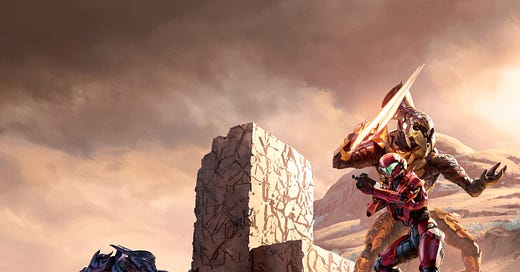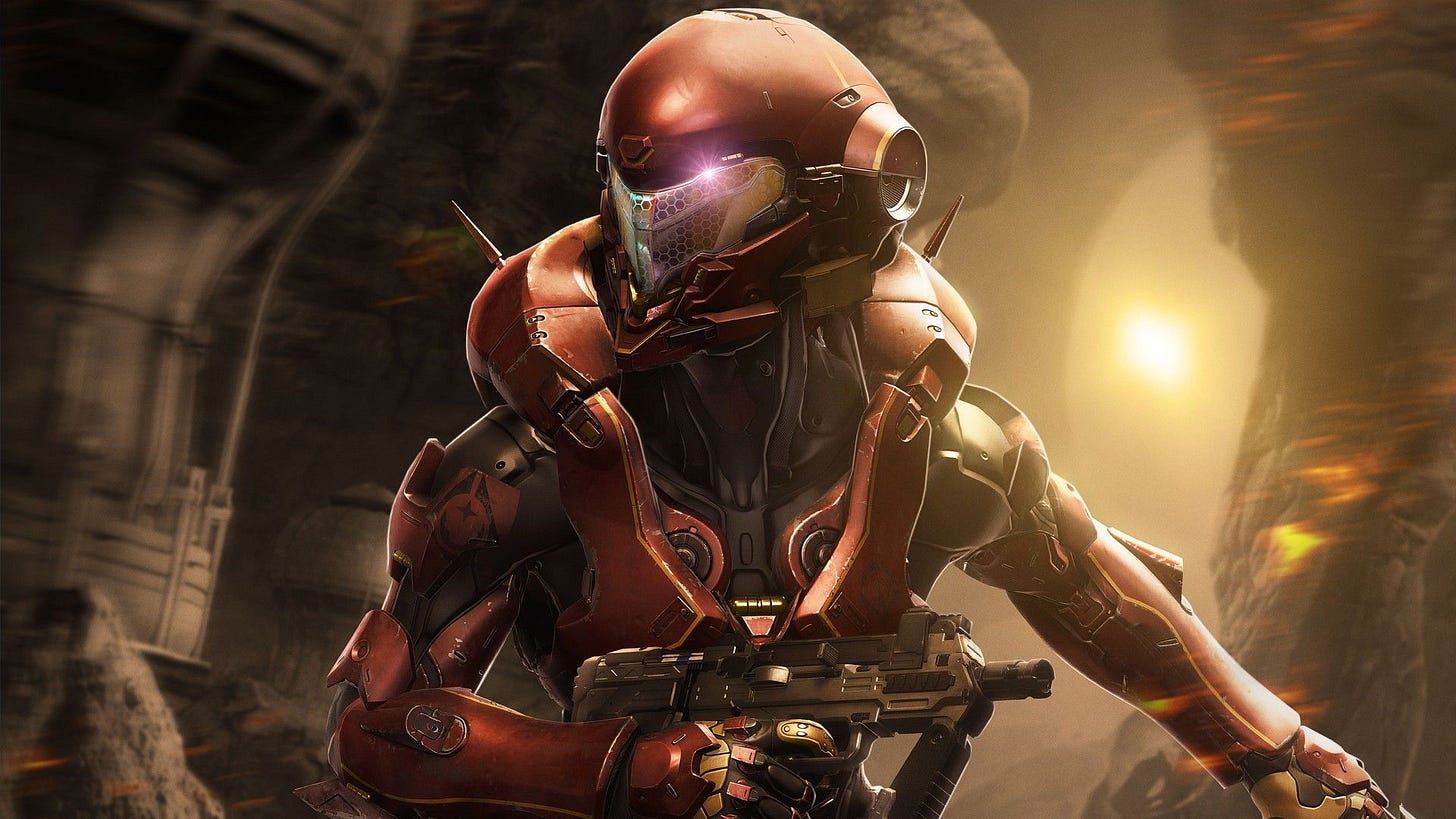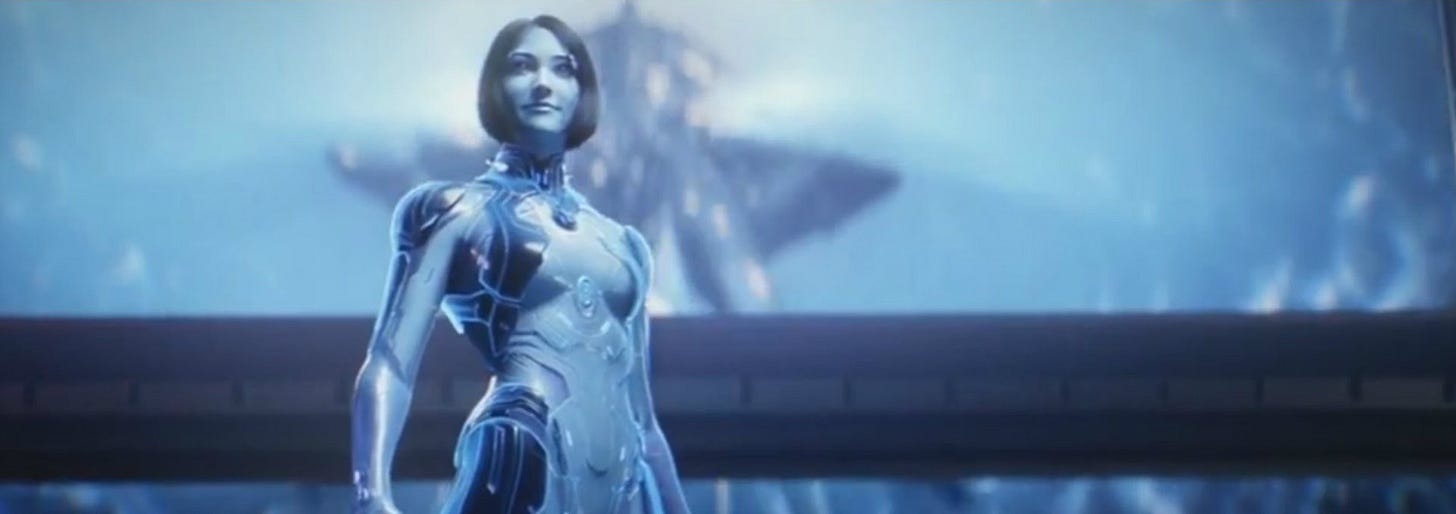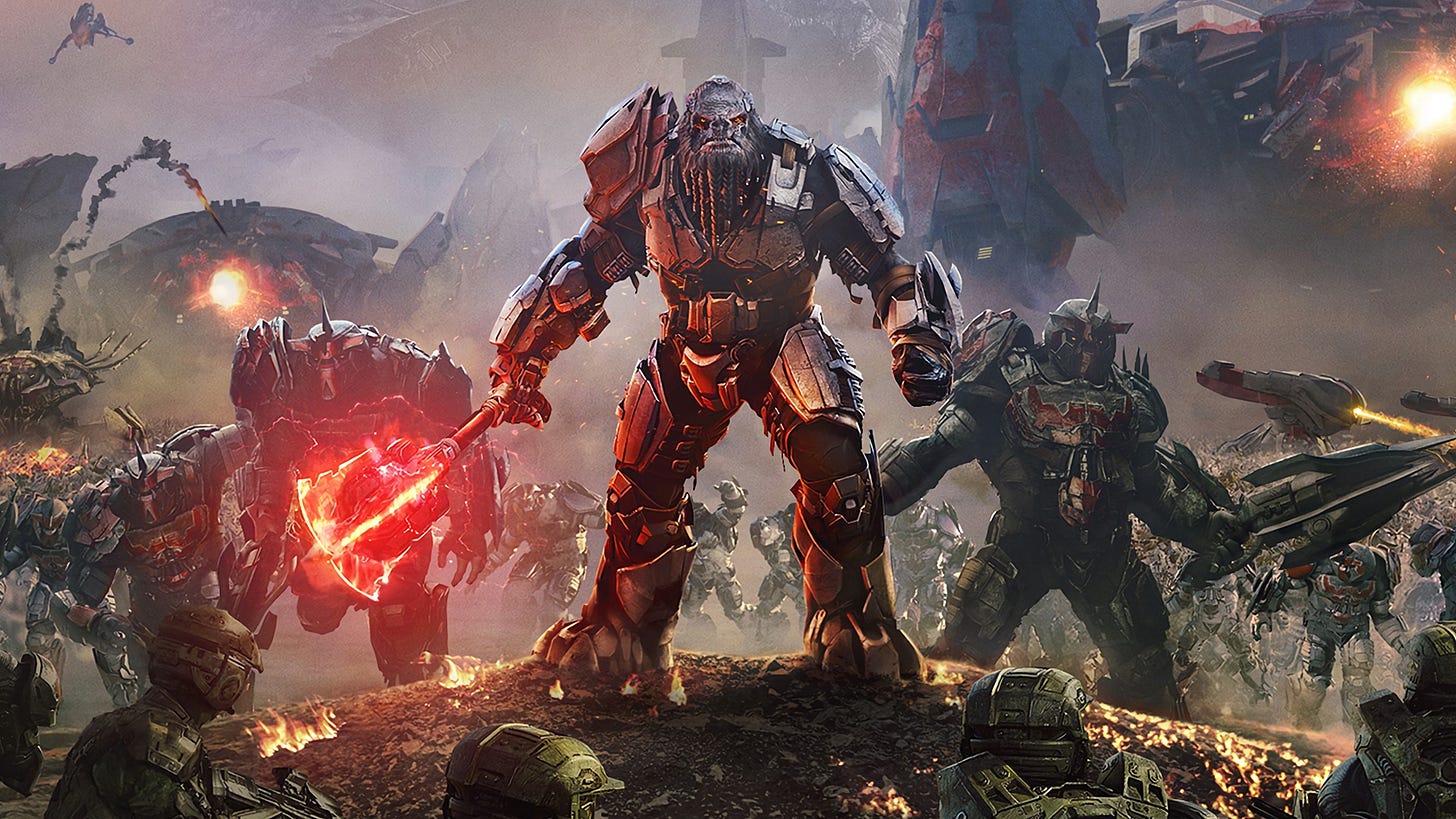During the Pacific Theater of World War II, Japanese soldiers embedded themselves on islands throughout the Pacific Ocean. Some were given orders to take out Allied air strips or to hold certain strategic positions to keep up military presence.
After the war ended in 1945, not everyone got the message. The Japanese government did their best by dropping pamphlets explaining the war was over but not everyone received these pamphlets or not everyone believed said pamphlets.
One example is Onoda, a man who hid on an island until the 1970s assuming the war was still going on. Even after seeing the pamphlets he declared them “fake news” as a way for the Allied forces to mess with him. Onoda was declared legally dead by the Japanese government in the 50s. He was finally found about 30 years later living in the jungle.
Halo: Outcasts tackles similar themes on the planet of Netherop where we find the majority of the narrative to take place. But first, some context. Also yes, we just made this transition.
Halo: Outcasts details the events between Halo 5: Guardians and Halo Infinite. Refreshingly, the book follows our old Sangheili war hero, The Arbiter, and what he was up to in that time. While the name of “The Arbiter” has been replaced by his real name of Thel ‘Vadam, I will still call him The Arbiter in this piece because I’m attached to it. The book also gives more screen time to Spartan Olympia Vale who we also saw in Halo 5 on Team Osiris. Vale is a Spartan 4 and part of the new era of augmented human murder machines.
Written by Troy Denning, Halo novel veteran, Denning weaves in former novels of his but still relies heavily on your knowledge of the events of the games. Denning has now written 7 novels in the Halo-universe and has contributed more to the Star Wars-universe. Denning and Kelly Gay are my favorite contemporary Halo novelists. They both have a firm grasp on the fiction and have carried the weight of proper storytelling for the fans of the series. Gay has a new book out this winter which I am excited about.
With the threat of Cortana and her dictatorship looming throughout the galaxy, no one and nowhere is safe. Cortana’s rampancy gave way to her infusing herself with all artificial intelligence and the Forerunner’s technology including the planet destroying Guardians. Guardians are massive AI constructs used to police the galaxy and no one has yet figured out how to properly combat them.
But there is a ray of hope when both The Arbiter and Spartan Vale who work together but for different allegiances and reasons, get word of tech on Netherop that could potentially stop Cortana’s forces. The information comes from an old friend of Vale’s who finds herself caught between The Arbiter’s Sangheili forces and Vale’s ODST military force. While both sides are working for the same goal, only one side can keep the technology because ultimately, the humans don’t want the Sangheilis to have it and vice versa.
In the background, new chaotic baddie Atriox and his Banished forces, are on the move to swoop in and steal whatever The Arbiter and Spartan Vale find. Atriox has his own war with Cortana as she annihilated the homeworld of his species, The Jiralhanae.
At this point in the Halo timeline, the Covenant War has been over for about 6 years. This brings me back to my introduction (I told you I would get there).
When the Arbiter and Spartan Vale land on Netherop in their respective positions, they are attacked by human UNSC and Sangheili forces alike. Once communications can be opened up, both sides still believe the war to be going on as communications to the outside world have been cut off for them and they lack the ability to get off the planet. The humans learn to trust The Arbiter but the Sangheili forces who were tasked with protecting the Forerunner technology are unable to recognize the truth. It’s a great spin on what we saw in WWII with many Japanese soldiers (not just Onoda).
Providing all this context and exposition, shows you how rich the Halo novels still are and what a joy it is to still read them especially in such capable hands like Denning’s. Spending time with The Arbiter is a reward for Halo fans because for many of us, he is still a favorite and we miss him.
Halo: Outcasts is one of the better Halo books of recents years which says a lot because I find them all to be of high quality. There are good turns and twists as well as showing the hierarchy of the Sanghellis and how The Arbiter navigates politics in his post-Covenant years.
We also see Vale in her emotions more so than we usually get to with a Spartan. There is personal investment tied to her and this mission which is provided by the inclusion of the character who drops the info on Netherop.
I think one of my favorite elements Denning provides with his new novel is the uneasiness of the alliances in this post-Covenant War era. It feels like every chapter could end in bloodshed due to miscommunication but the cool heads of The Arbiter and Spartan Vale prevail. But that tension is felt and it’s important that not everyone is exactly friends - they just have a common goal. Even humans within the human groups have their own motives that they act on and create worse situations. I appreciate the lack of black and white when navigating around the morals and values of all parties involved. I mean, even the lunatic Atriox is admirable in his way and can we blame him after what Cortana did to his race?
Reading Outcasts I was once again reminded how little Halo: Infinite provided story for the player and left out big story beats. Was this just a way to market other media to buy or messy development? Given the way in which Infinite was developed, I believe it is the latter, unfortunately.
The novel ends on a chaotic but hopeful note. I love this book in the new era of Halo-novels. Halo is having a bit of an identity crisis it seems. The novelists are carrying the storytelling and the games lack the narrative punch they used to have.
I will continue to read each one as they come out.








